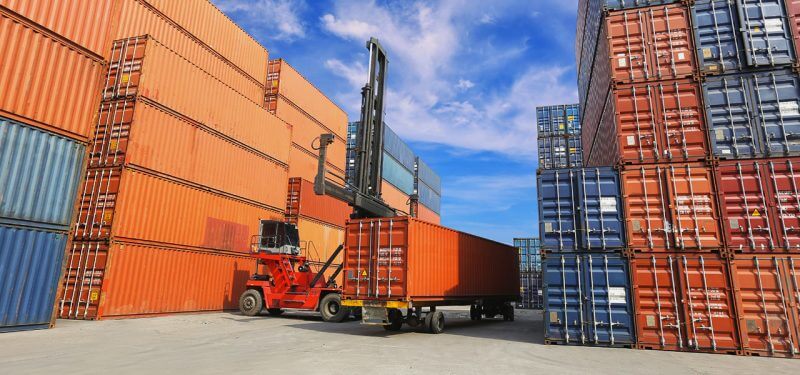
Pros and cons to slowing box ships further
Some marginal gains to be had for lines, but for cargo owners the prospect of slower services and potentially higher freight rates is not so appealing, Drewry acknowledges
The International Maritime Organization’s (IMO) Marine Environment Protection Committee (MEPC) is meeting this week in London to further explore methods to achieve its overall goal of decarbonising shipping, including looking at some proposals that will help move things along in the short-term. And as reported last week in Lloyd’s Loading List, one such idea that is putting speed restrictions on ships, an idea supported by a group of nine environmental NGOs and 120 shipping companies in an open letter to the IMO.
The letter said: “Our preference would be to set maximum annual average speeds for container ships, and maximum absolute speeds for the remaining ship types, which take account of minimum speed requirements. Such a regulation should be implemented as soon as possible and the obligation for compliance should be placed both on shipowners and operators, including charterers.”
Noting that none of the signatories are container lines, Drewry said: “There was a time when vessel optimisation was achieved by simply deploying the biggest ships at full speed so to minimise the number of vessels required. It was a rare example of a win-win scenario for carrier and shipper, aligning carrier profitability with service quality in terms of fast transit times.
“The global financial crisis and hugely inflated fuel prices shattered those bedrock assumptions of how to operate liner services and ever since it has been much more cost effective to operate more ships at lower speeds.”
Drewry noted that slow steaming, combined with additional ships being phased into loops, was first adopted in the Asia-Europe trades and then gradually expanded from early 2009 into the transpacific and several north-south routes, adding: “Carriers quickly realised that as well as reducing voyage costs, ‘slow steaming’ offered a way of managing the vessel surplus that was building up as demand shrivelled, which is why the practise has endured even when fuel prices dropped.
“In the pre-slow steaming era Asia-North Europe services deployed an average of eight ships, sailing at close to design speeds of 24 knots. Excluding pendulum services that require extra units to reach a third region, services in the same trade currently operate with between 10 to 13 ships.”
The open letter to the IMO did not specify what the average speeds should be, but with slow steaming being such a long-established feature of the industry, Drewry said it is questionable how much slower containerships can go. Drewry research of two Asia-North Europe services indicates that the current average speed hovers around 16 knots.
Drewry noted that the number of ships deployed by service is not a perfect measure to track slow steaming, depending, for example, on the number of ports they call at. This means setting the appropriate speed to sail at has to be balanced with other operational considerations for carriers.
Assuming no change in the service rotation or handling times at port, the most obvious impact is the requirement for extra ships. However, due to lower fuel consumption at the reduced speed, the gross service round voyage fuel intake would be reduced, meaning there would be a small reduction in the fuel bill, although carriers would have other operating cost implications from running additional ships to contend with.
“Based on our preliminary research it appears that the benefits (both in fuel cost and consumption terms) from slowing and adding introducing new ships suffers from the laws of diminishing returns,” Drewry said, noting that in one example examined, it was more effective to reduce the speed to 13 knots (12 ships) than to go down to 12 knots (13 ships).
“Another upside in this scenario for carriers to consider is that introducing extra ships into the same service would afford them the opportunity to hide more surplus capacity, which would theoretically raise utilisation and freight rate revenues even as big new ships are hitting the water,” Drewry added. “For the owners of the cargoes, shippers, the prospect of slower services and potentially higher freight rates is not so appealing, although many of them too are under pressure from their own customers to support a greener agenda.”
The analyst continued: “For carriers, so long as the full marginal cost of the additional vessel(s) needed to support the slow steaming strategy is supportive you might expect them to embrace the concept of mandatory speed limits. However, as mentioned, none were signatories to the open letter to the IMO and Maersk Line, the biggest of the lot, has already expressed its opposition, saying that such a move would discourage the sort of technological advancements that are necessary to reach the bigger goal.”
Drewry concluded: “There does appear to be some marginal gains to be had from slowing ships even further, both in terms of fuel consumption and cost. Before making this a mandatory requirement, we agree with Maersk that further evaluation of the unintended consequences is required.”
LOJİPORT




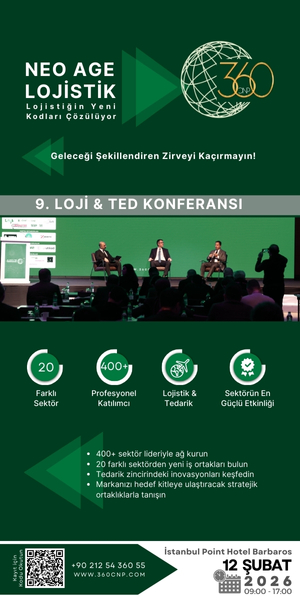
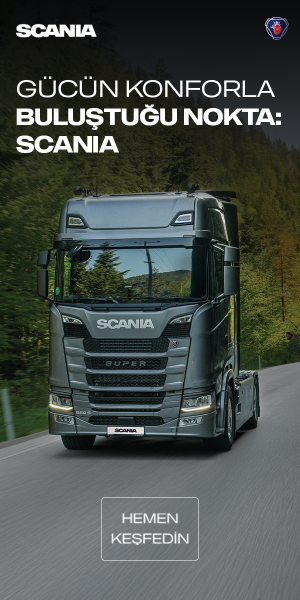

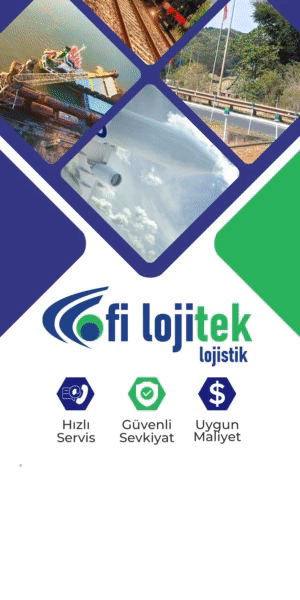


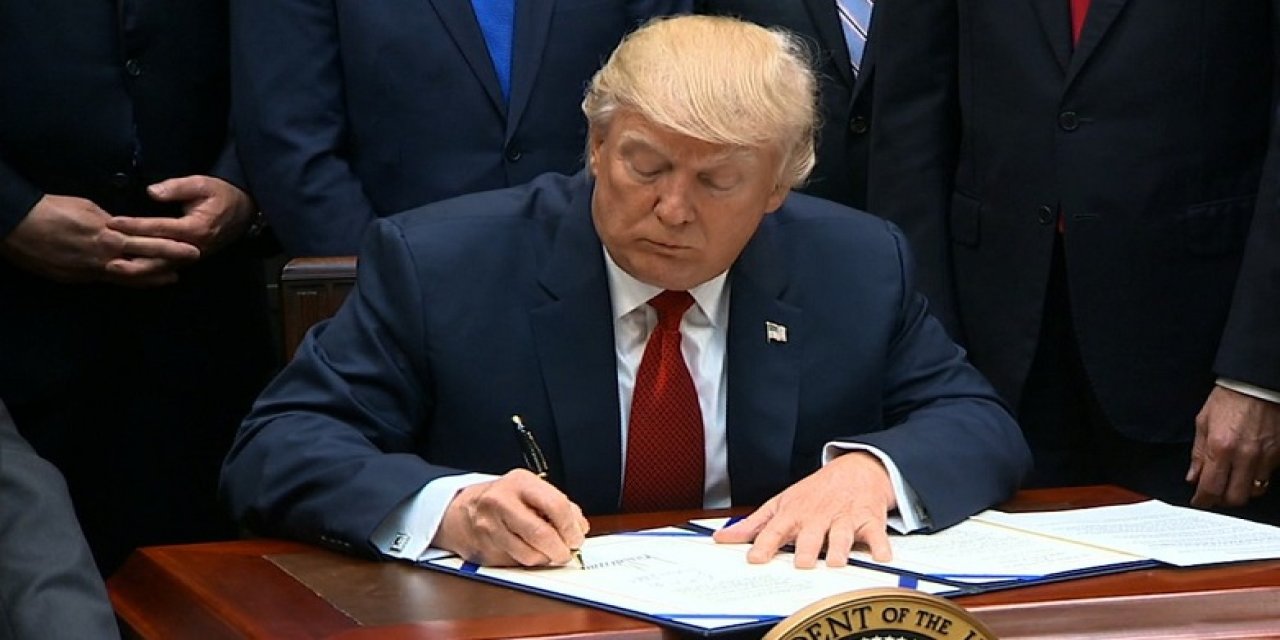
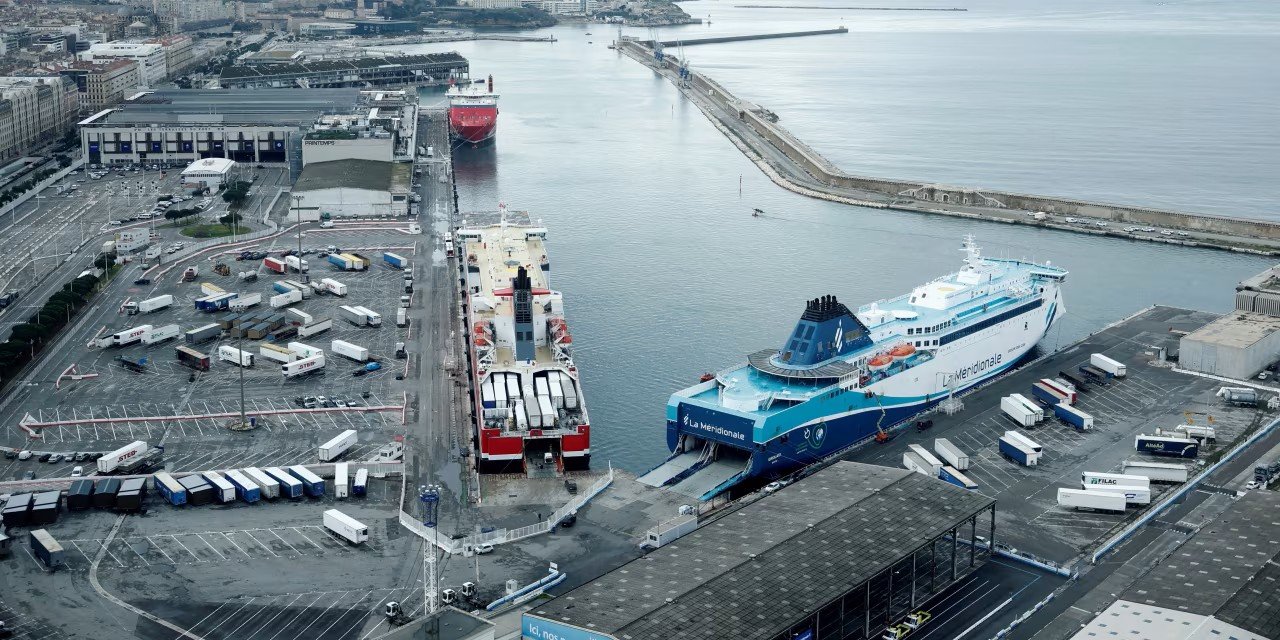


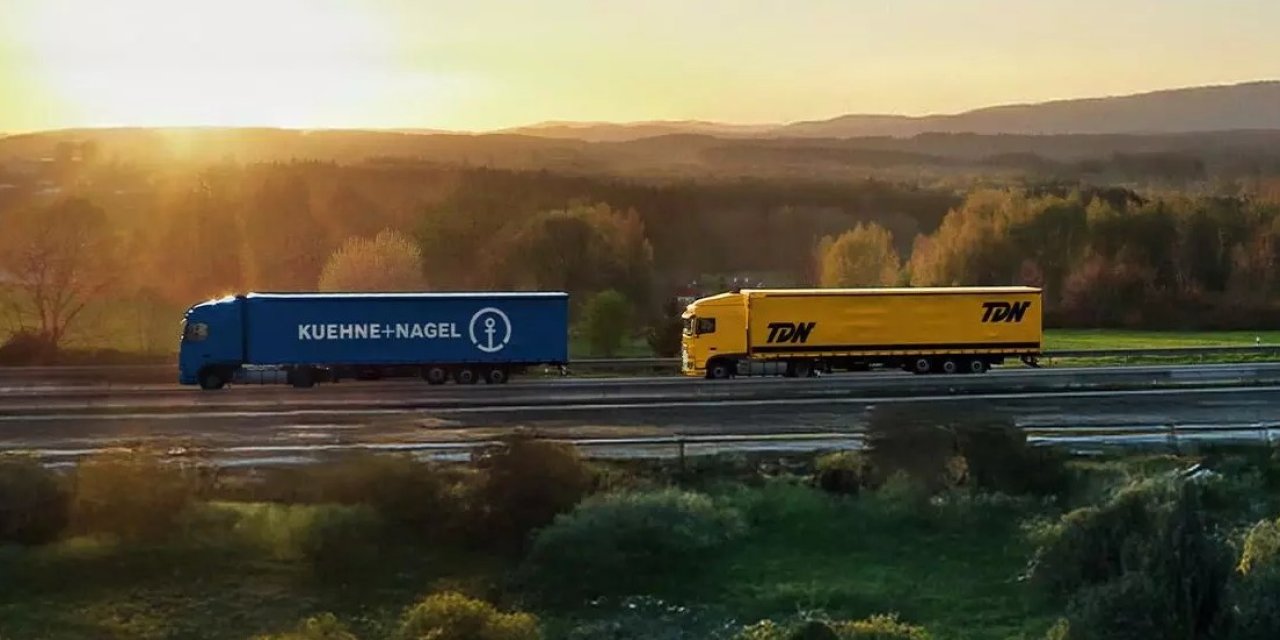
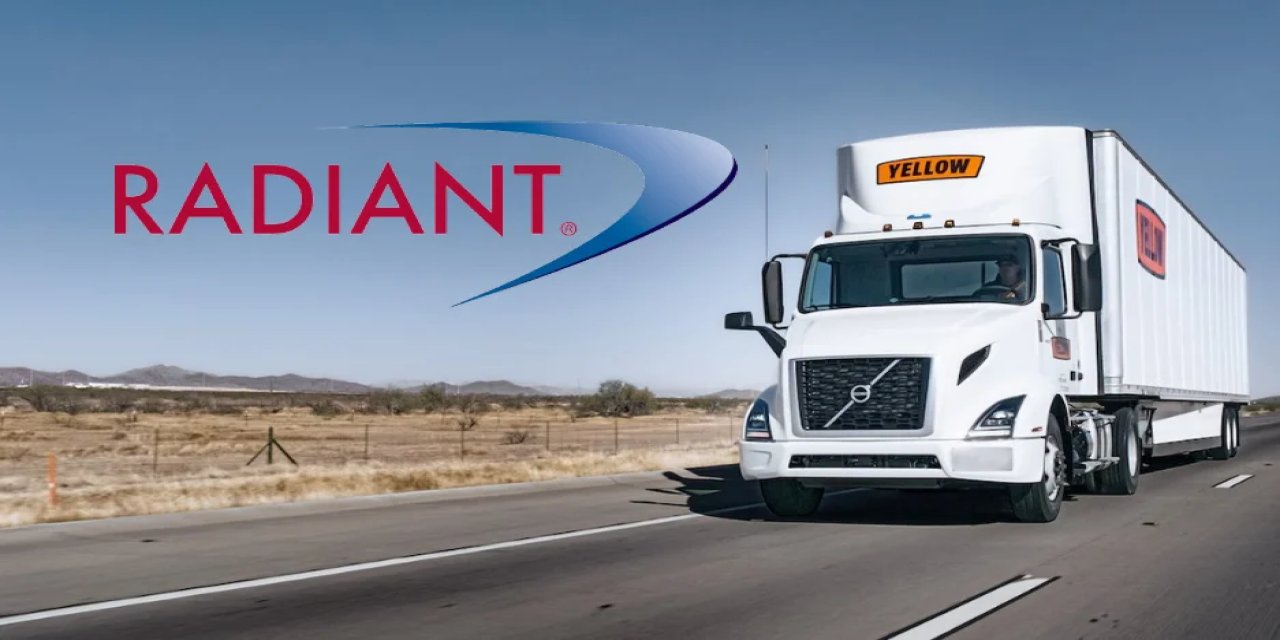
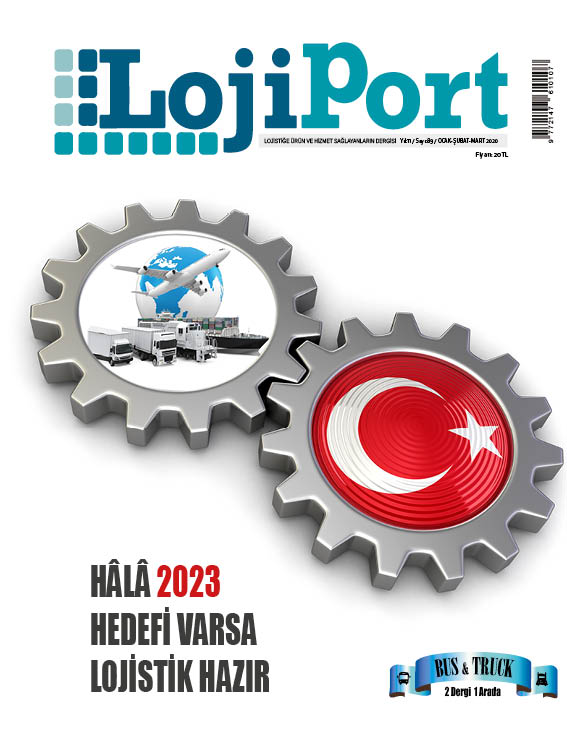

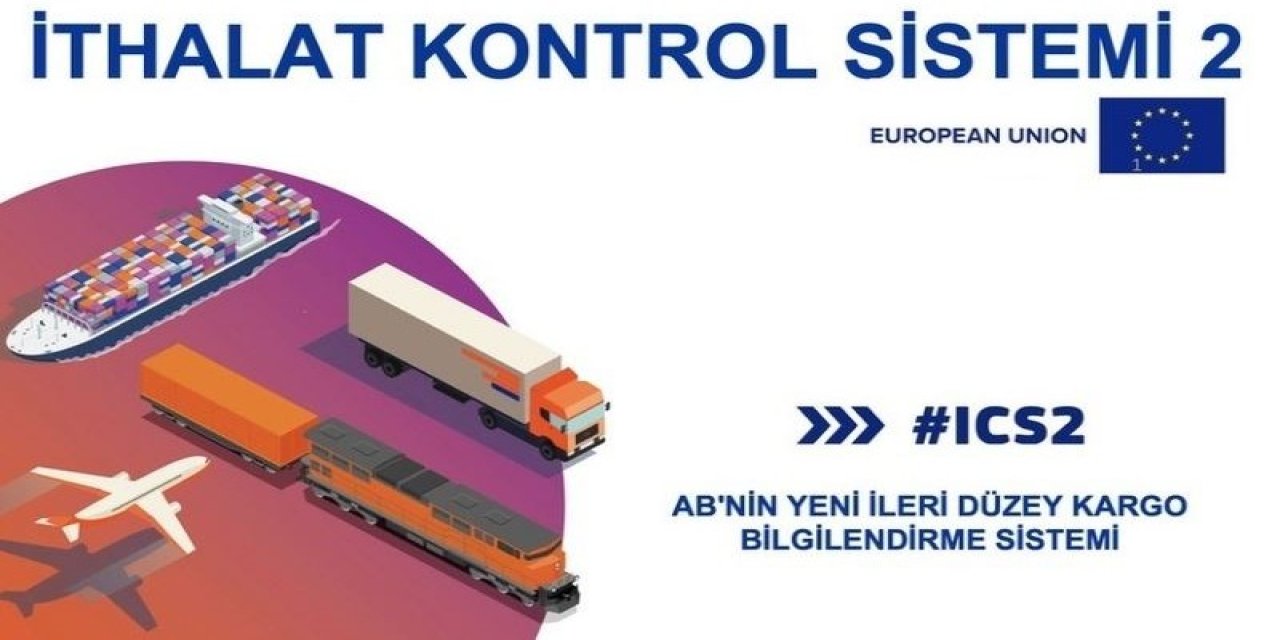
Türkçe karakter kullanılmayan ve büyük harflerle yazılmış yorumlar onaylanmamaktadır.